- All
- Product Name
- Product Keyword
- Product Model
- Product Summary
- Product Description
- Multi Field Search
FC Precision Casting
Detailed Feature:
 | Product Name | High Quality Hot Sale Metal Forged Fittings | ||||
| Precision Processing | OEM | |||||
| Process Technology | Forging | |||||
| Surface Treatment | Machining Or Spay Painting | |||||
| Size | Customed | |||||
| Anti-rust | / | |||||
| File Formats | PDF,Auto CAD, Solid work,JPG,Pro E | |||||
| FOB Port | Ningbo Or Shanghai | |||||
Important Feature:
Materials: Steel, stainless steel, aluminium, brass,Copper and special alloys.
Weight per piece: 1 g to 1.000kg.
Dimensions: Ø 2 to Ø 800mm.
Quantities: Small, medium and large series.
Surface treatment: Hot-dip galvanising, galvanising, priming, electro-polishing, tumbling, passivating, lacquer fininshing.
Checking equipment: 3-D co-ordinate CNC measuring machine, hardness test, spectrometry.
Quality System: EN ISO 9001
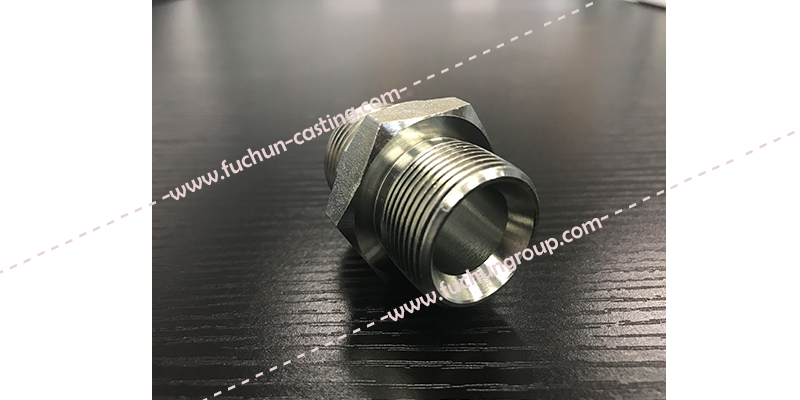



Advantages:
★ Professional technical team provides high quality technical supporting;
★ High quality materials can increase service life;
★ Precision control of size makes assembly more reasonable and perform more efficiently.
Detailed Feature:
 | Product Name | High Quality Hot Sale Metal Forged Fittings | ||||
| Precision Processing | OEM | |||||
| Process Technology | Forging | |||||
| Surface Treatment | Machining Or Spay Painting | |||||
| Size | Customed | |||||
| Anti-rust | / | |||||
| File Formats | PDF,Auto CAD, Solid work,JPG,Pro E | |||||
| FOB Port | Ningbo Or Shanghai | |||||
Important Feature:
Materials: Steel, stainless steel, aluminium, brass,Copper and special alloys.
Weight per piece: 1 g to 1.000kg.
Dimensions: Ø 2 to Ø 800mm.
Quantities: Small, medium and large series.
Surface treatment: Hot-dip galvanising, galvanising, priming, electro-polishing, tumbling, passivating, lacquer fininshing.
Checking equipment: 3-D co-ordinate CNC measuring machine, hardness test, spectrometry.
Quality System: EN ISO 9001




Advantages:
★ Professional technical team provides high quality technical supporting;
★ High quality materials can increase service life;
★ Precision control of size makes assembly more reasonable and perform more efficiently.
Company Information:
Ningbo Yinzhou Fuchun Precision Casting Co., Ltd was set up in 1988, located in the beautiful coastal city of Ningbo, on China's eastern seaboard. One of the leading foundries in China, we specialize in casting of carbon steel, alloy steel, gray steel, stainless steel and ductile iron materials. With an annual output capacity of 10000 metric tons, our products range from 100 grams to 600 kilograms in weight.
We also produce mechanical parts for worldwide purchasers and can manufacture as per customers' drawings. Until now, our products can be mainly put into the following categories: valve parts, parts for rail and subways, parts for mining machinery, automobile fittings, parts for hydraulic machinery, parts for project machinery and other parts.
With 7 medium frequency electric furnaces for production, we also have spectrographs, metallographic analyzers, hardness testers, ultrasonic test machines, magnetic particle flaw detectors, impact testers, tension testers and other inspection instruments.
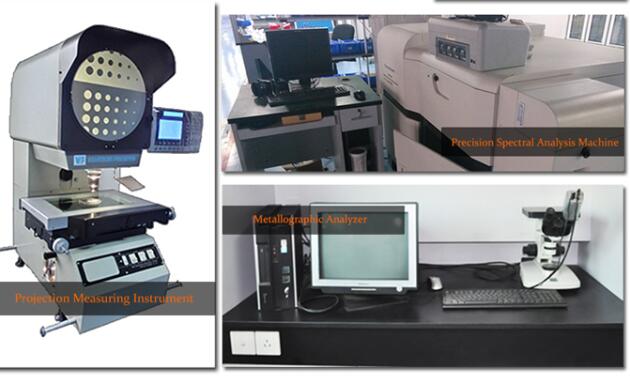

Furthermore, our machining capability is very strong, with a whole line of boring, milling and drilling lathes, 13 CNC lathes, 4 CNC machining centers, and related metallurgical machinery.
Our Services:
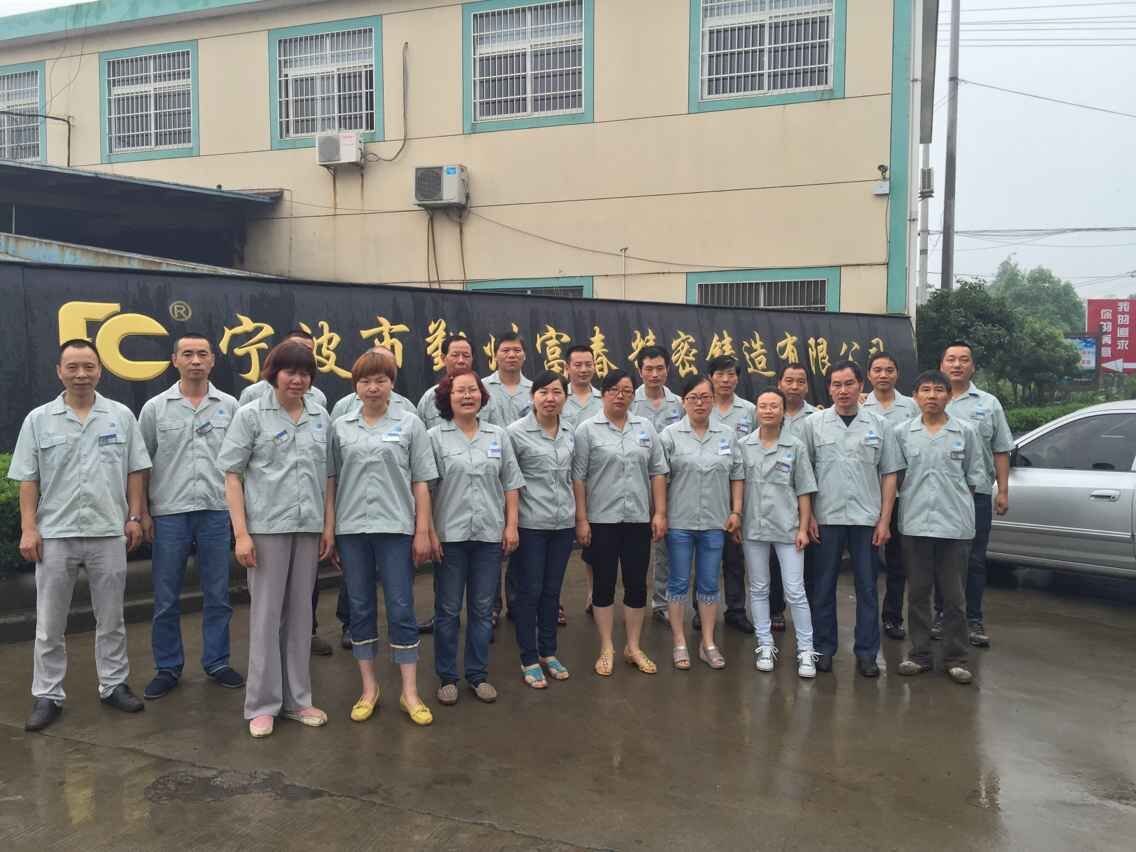 | ❤ Satisfied Quality; |
| ❤ Competitive Price; | |
| ❤ Professional Sales & QC Team; | |
| ❤ Quick Delivery; | |
| ❤ Perfect After-sales Service. |
We believe that good quality and honesty help us win customers. We are looking forward to working with you and establishing mutually beneficial business relationships with you. If you are interested in our products, please feel free to contact us for more details.
Company Information:
Ningbo Yinzhou Fuchun Precision Casting Co., Ltd was set up in 1988, located in the beautiful coastal city of Ningbo, on China's eastern seaboard. One of the leading foundries in China, we specialize in casting of carbon steel, alloy steel, gray steel, stainless steel and ductile iron materials. With an annual output capacity of 10000 metric tons, our products range from 100 grams to 600 kilograms in weight.
We also produce mechanical parts for worldwide purchasers and can manufacture as per customers' drawings. Until now, our products can be mainly put into the following categories: valve parts, parts for rail and subways, parts for mining machinery, automobile fittings, parts for hydraulic machinery, parts for project machinery and other parts.
With 7 medium frequency electric furnaces for production, we also have spectrographs, metallographic analyzers, hardness testers, ultrasonic test machines, magnetic particle flaw detectors, impact testers, tension testers and other inspection instruments.


Furthermore, our machining capability is very strong, with a whole line of boring, milling and drilling lathes, 13 CNC lathes, 4 CNC machining centers, and related metallurgical machinery.
Our Services:
 | ❤ Satisfied Quality; |
| ❤ Competitive Price; | |
| ❤ Professional Sales & QC Team; | |
| ❤ Quick Delivery; | |
| ❤ Perfect After-sales Service. |
We believe that good quality and honesty help us win customers. We are looking forward to working with you and establishing mutually beneficial business relationships with you. If you are interested in our products, please feel free to contact us for more details.
Certification Introduction:
Ningbo Yinzhou Fuchun Precision Casting Co., Ltd put great emphasis on our quality control system to assure our products have the best quality. We have already passed ISO9001, TUV-PED and BV approvals. 80% of our products are exported to Europe, the USA, and Australia where they are well received by customers, with whom we have established long term business relationships.

Certification Display:
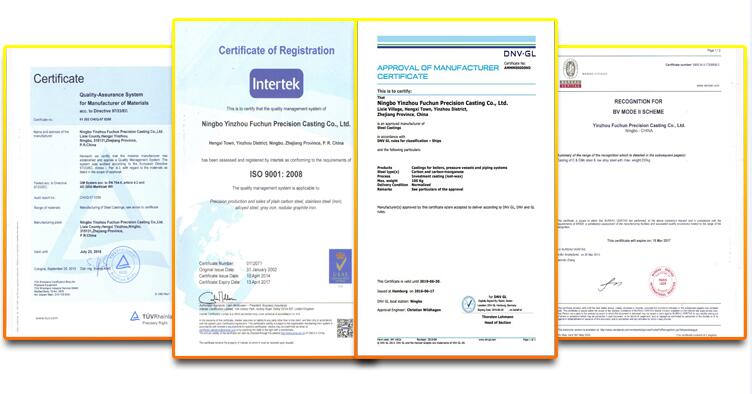
Certification Introduction:
Ningbo Yinzhou Fuchun Precision Casting Co., Ltd put great emphasis on our quality control system to assure our products have the best quality. We have already passed ISO9001, TUV-PED and BV approvals. 80% of our products are exported to Europe, the USA, and Australia where they are well received by customers, with whom we have established long term business relationships.

Certification Display:

Packaging Display:
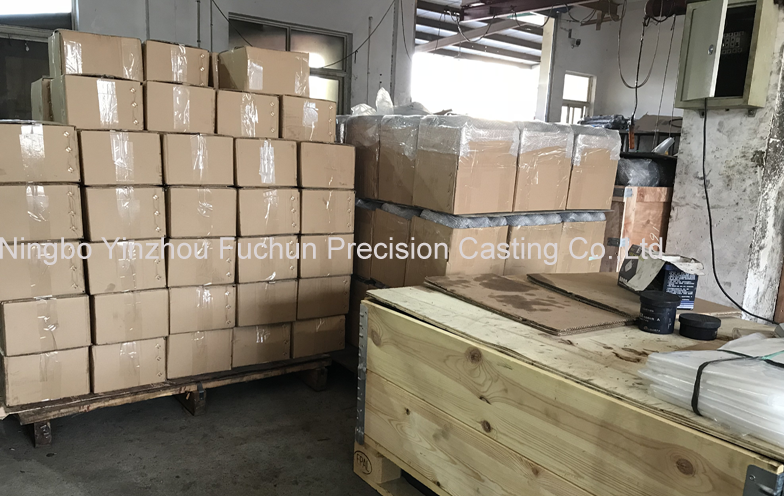 | Wooden box with plastic bag; |
| EUR-pallet with pallet collar and plastic bag; | |
As customer's requirements. |
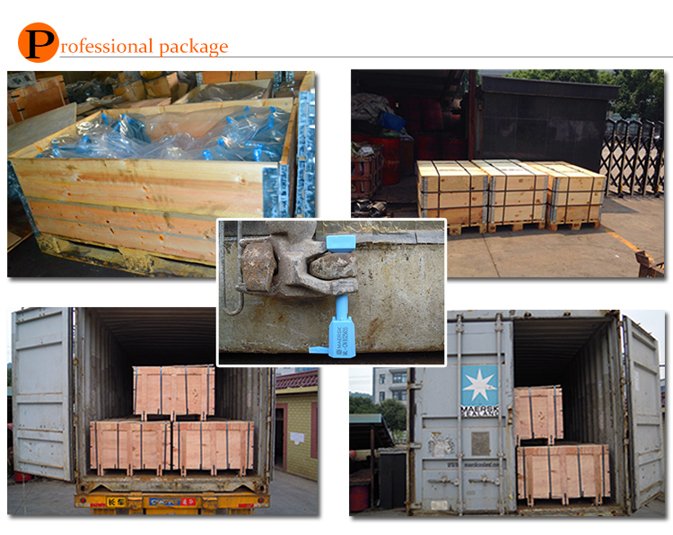
Transport Details:
All kinds delivery way we can satisfy as customer's require.
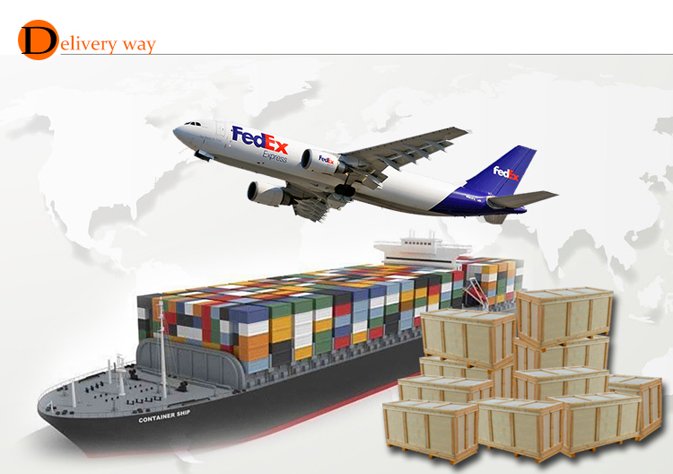
Packaging Display:
 | Wooden box with plastic bag; |
| EUR-pallet with pallet collar and plastic bag; | |
As customer's requirements. |

Transport Details:
All kinds delivery way we can satisfy as customer's require.

This is where a batch of steel meets more than one specification or grade. It is a way of allowing melting shops to produce stainless steel more efficiently by restricting the number of different types of steel. The chemical composition and mechanical properties of the steel can meet more than one grade within the same standard or across a number of standards. This also allows stockholders to minimise stock levels.
For example, it is common for 1.4401 and 1.4404 (316 and 316L) to be dual certified - that is the carbon content is less than 0.030%. Steel certified to both European and US standards is also common.
There are many different types of surface finish on stainless steel. Some of these originate from the mill but many are applied later during processing, for example polished, brushed, blasted, etched and coloured finishes.
The importance of surface finish in determining the corrosion resistance of the stainless steel surface cannot be overemphasised. A rough surface finish can effectively lower the corrosion resistance to that of a lower grade of stainless steel.
Various types of stainless steel are used across the whole temperature range from ambient to 1100 deg C. The choice of grade depends on several factors:
In the European standards, a distinction is made between stainless steels and heat-resisting steels. However, this distinction is often blurred and it is useful to consider them as one range of steels.
Increasing amounts of Chromium and silicon impart greater oxidation resistance. Increasing amounts of Nickel impart greater carburisation resistance.
Austenitic stainless steels are extensively used for service down to as low as liquid helium temperature (-269 deg C). This is largely due to the lack of a clearly defined transition from ductile to brittle fracture in impact toughness testing.
Toughness is measured by impacting a small sample with a swinging hammer. The distance which the hammer swings after impact is a measure of the toughness. The shorter the distance, the tougher the steel as the energy of the hammer is absorbed by the sample. Toughness is measured in Joules (J). Minimum values of toughness are specified for different applications. A value of 40 J is regarded as reasonable for most service conditions.
Steels with ferritic or martensitic structures show a sudden change from ductile (safe) to brittle (unsafe) fracture over a small temperature difference. Even the best of these steels show this behaviour at temperatures higher than -100 deg C and in many cases only just below zero.
In contrast austenitic steels only show a gradual fall in the impact toughness value and are still well above 100 J at -196 deg C.
Another factor in affecting the choice of steel at low temperature is the ability to resist transformation from austenite to martensite.
It is commonly stated that “stainless steel is non-magnetic”. This is not strictly true and the real situation is rather more complicated. The degree of magnetic response or magnetic permeability is derived from the microstructure of the steel. A totally non-magnetic material has a relative magnetic permeability of 1. Austenitic structures are totally non-magnetic and so a 100% austenitic stainless steel would have a permeability of 1. In practice this is not achieved. There is always a small amount of ferrite and/or martensite in the steel and so permeability values are always above 1. Typical values for standard austenitic stainless steels can be in the order of 1.05 – 1.1.
It is possible for the magnetic permeability of austenitic steels to be changed during processing. For example, cold work and welding are liable to increase the amount of martensite and ferrite respectively in the steel. A familiar example is in a stainless steel sink where the flat drainer has little magnetic response whereas the pressed bowl has a higher response due to the formation of martensite particularly in the corners.
In practical terms, austenitic stainless steels are used for “non-magnetic” applications, for example magnetic resonance imaging (MRI). In these cases, it is often necessary to agree a maximum magnetic permeability between customer and supplier. It can be as low as 1.004.
Martensitic, ferritic, duplex and precipitation hardening steels are magnetic.